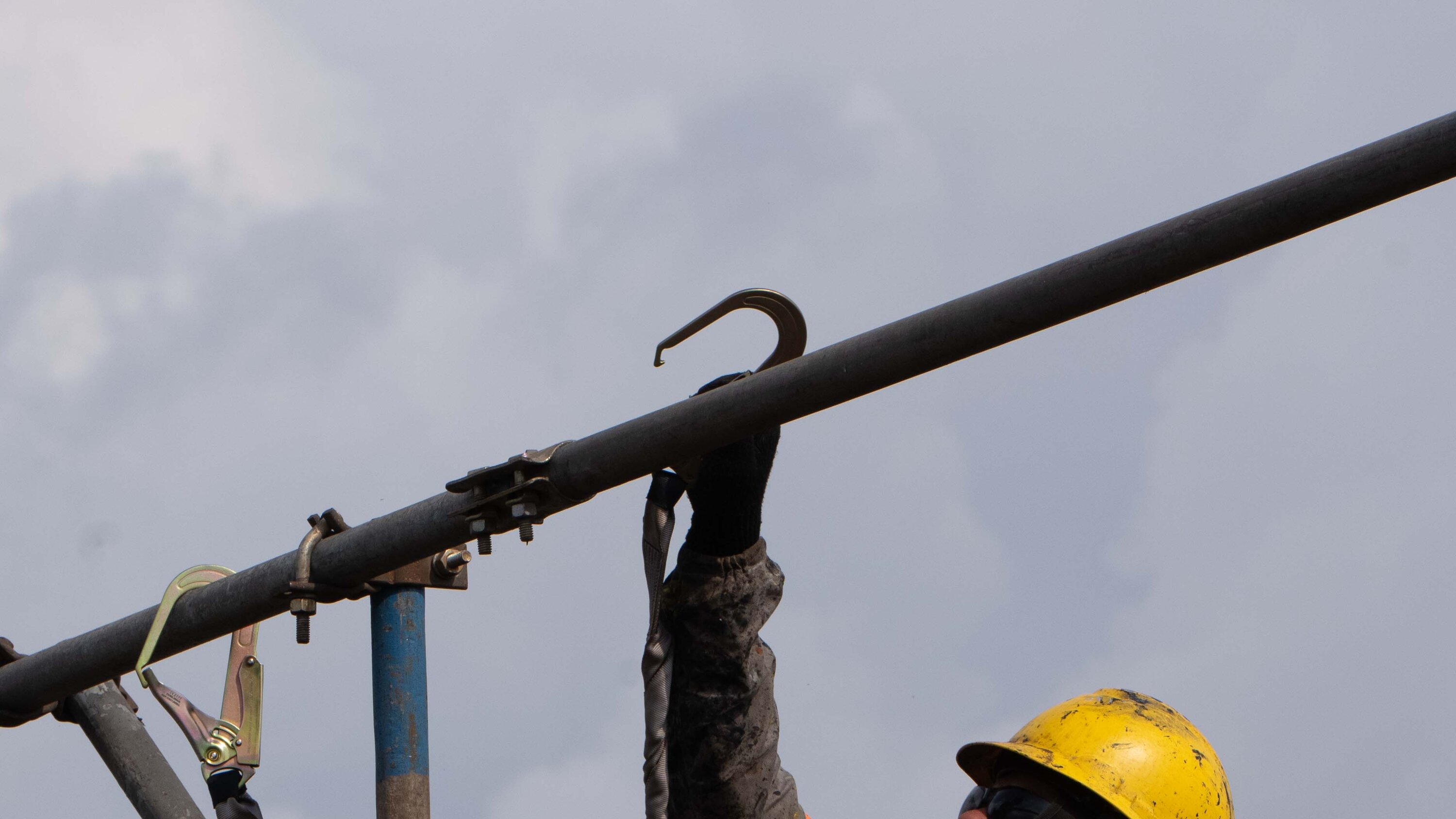Home / Environment / Amazon Hydropower Plant Fights Climate Change Impacts
Amazon Hydropower Plant Fights Climate Change Impacts
17 Nov
Summary
- Tucuruí Dam, Brazil's third-largest river basin, faces leaks and declining production
- Hydropower generation fell 3% in Brazil last year due to droughts and floods
- AXIA Energia spending $270M to modernize Tucuruí and diversify energy sources

As of November 2025, Brazil's Tucuruí Dam, a massive hydroelectric power plant deep in the Amazon, is facing significant challenges from the impacts of climate change. The 40-year-old plant, which is the third-largest in Brazil and eighth-largest in the world, has seen its power generation fall by 3% last year due to droughts and dry spells that have made it difficult to generate enough energy.
Extreme weather events have also taken a toll on the plant's infrastructure, with visitors now able to see leaks forming small waterfalls. In response, the plant's owner, AXIA Energia, is undertaking a $270 million modernization project to replace transformers, generators, and other equipment, as well as to automate systems and improve efficiency.
The challenges facing Tucuruí are not unique. Hydropower production has declined across Brazil, Canada, China, and the United States in recent years due to the increasing frequency and severity of droughts and floods. This has forced these countries to rely more on other renewable sources like wind and solar to meet their growing energy demands.
AXIA Energia, formerly known as Eletrobras, sees Tucuruí as a critical asset for powering Brazil and is committed to ensuring its long-term viability. The company is also working to diversify its energy portfolio, with solar power in particular experiencing rapid growth and now accounting for over 10% of the country's electricity generation.




